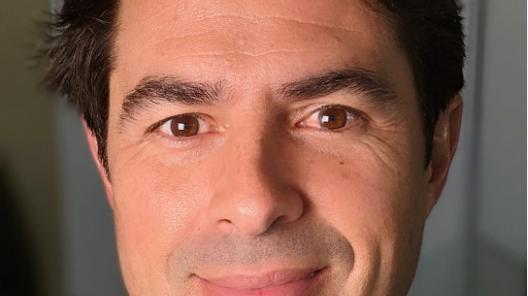The therapeutic value of music can be in part explained by its cultural role in facilitating social learning and emotional well-being.
However, a number of studies have shown that rhythmic entrainment of motor function can actively facilitate the recovery of movement in patients with stroke, Parkinson’s disease, cerebral palsy and traumatic brain injury. Studies of people with memory disorders, such as Alzheimer’s disease, suggest that neuronal memory traces built through music are deeply ingrained and more resilient to neurodegenerative influences. Findings from individual random trials suggest that music therapy is accepted by people with depression and is associated with improvement in mood disorders. Furthermore, the potential applications of music therapy in patients with neuropsychiatric disorders, including autism spectrum disorders, albeit intuitive, have led to psychotherapeutic uses aimed at directly evoking emotions.
Evidence suggests that music can decrease seizure frequency, stop refractory status epilepticus and decrease electroencephalographic spike frequency in children with epilepsy in awake and sleep states. We know that many people with epilepsy have electroencephalographic abnormalities and, in some people, these can be ‘normalised’ by music. In addition to the need for trials of musical interventions in epilepsy, we should also consider whether the results of sonification of an electroencephalogram, which directly reflects the time course of cerebral rhythms, may be used to entrain ‘normal’ brain rhythms in people with seizure disorders. Alteration of the electroencephalogram via biofeedback of different components of sonified electroencephalography, or modulation of the musical input to a stimulus that affects the emotional state of the patient and hence cerebral and limbic activity and cerebral rhythms, are therapeutic possibilities which are currently being investigated.
These data suggest that the effects and cost-effectiveness of music therapy in patients with neuropsychiatric disorders should be further explored. To date, most work has been done with Western-style compositions, and the well-structured music of Mozart and Bach has been a popular basis for intervention. Through music we learn much about our human origins and the human brain, and have a potential method of therapy by accessing and stimulating specific cerebral circuits.
If it is a language, music is a language of feeling. Musical rhythms are life rhythms, and music with tensions, resolutions, crescendos and diminuendos, major and minor keys, delays and silent interludes, with a temporal unfolding of events, does not present us with a logical language; it ‘reveals the nature of feelings with a detail and truth that language cannot approach’.
Music, if it does anything, arouses feelings and associated physiological responses, and these can now be measured.
At the HPA we have been offering music sessions during chemotherapy therapy, and this has proven to be very positive for patients and professionals.













